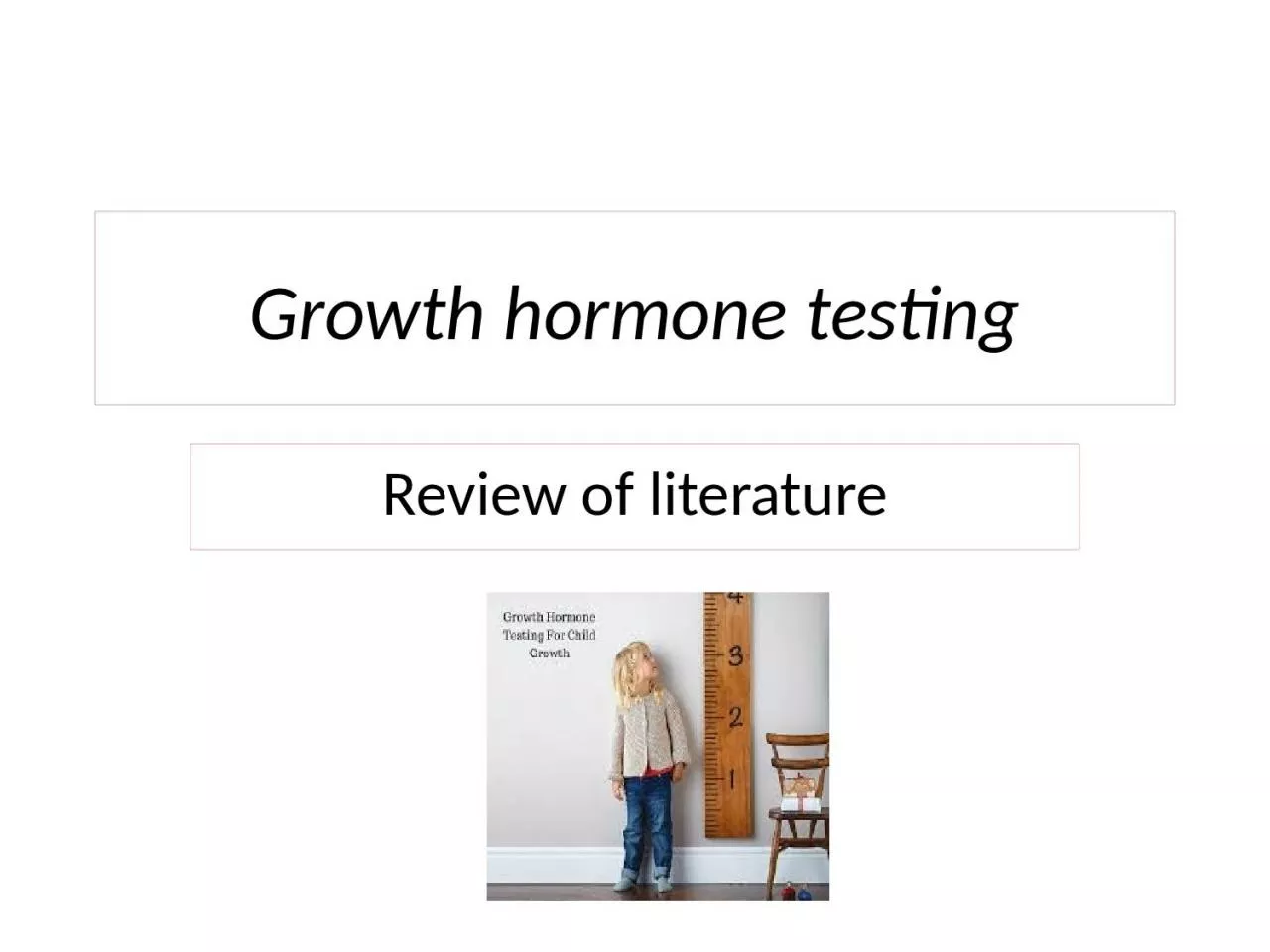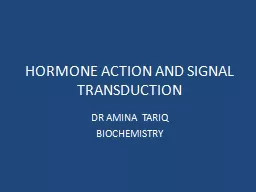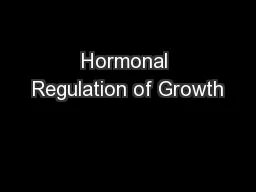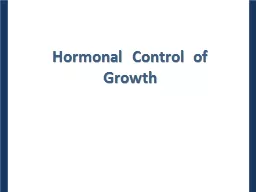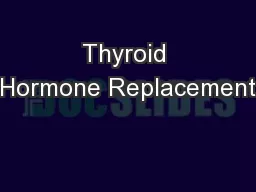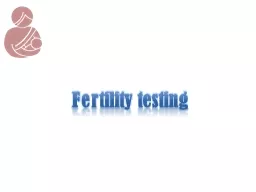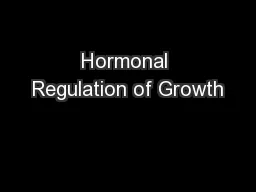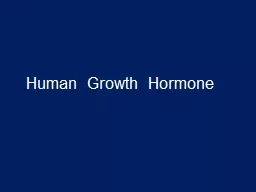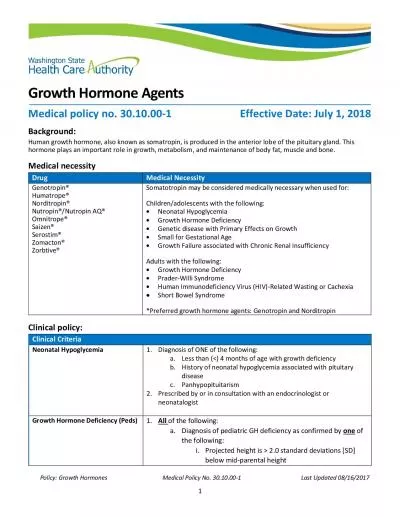PPT-Growth hormone testing Review of literature
Author : jasmine | Published Date : 2024-02-02
Consensus guidelines for the diagnosis and treatment of growth hormone GH deficiency in childhood and adolescence summary statement of the GH Research Society
Presentation Embed Code
Download Presentation
Download Presentation The PPT/PDF document "Growth hormone testing Review of literat..." is the property of its rightful owner. Permission is granted to download and print the materials on this website for personal, non-commercial use only, and to display it on your personal computer provided you do not modify the materials and that you retain all copyright notices contained in the materials. By downloading content from our website, you accept the terms of this agreement.
Growth hormone testing Review of literature: Transcript
Download Rules Of Document
"Growth hormone testing Review of literature"The content belongs to its owner. You may download and print it for personal use, without modification, and keep all copyright notices. By downloading, you agree to these terms.
Related Documents

